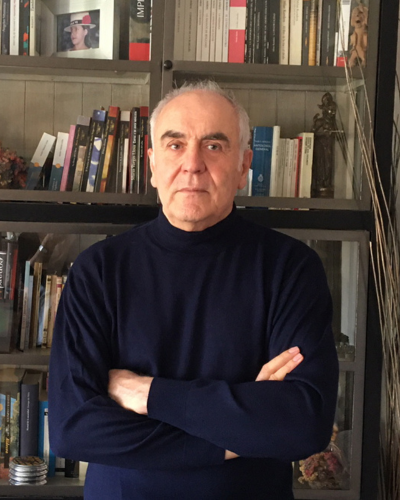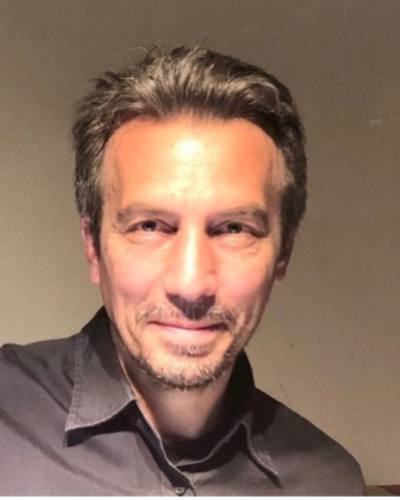 |
Prof. Javier DeFelipe (ES), Instituto Cajal – Speaker
Javier DeFelipe is a research professor at the Instituto Cajal (CSIC) in Spain. His expertise lies in 3D electron microscopy and the correlation of electron microscopy data with the synaptic connectivity of neurons previously identified using functional markers, or by intracellular labelling. Another of his principal interest is the analysis of alterations of cortical circuits in epilepsy and Alzheimer’s disease in the study of the history of cortical organisation and function. Furthermore, his laboratory is involved in the development of a variety of software tools to classify neuronal cell types and to examine the anatomical design (neuronal morphology and synaptic organisation) of brain circuits. DeFelipe is the Director of the Cajal Blue Brain Project (2009-actual: Plataforma Cajal Blue Brain) and member of the Science and Infrastructure Board of the Human Brain Project. |
 |
Prof. Valentin Nägerl (FR), University of Bordeaux – Speaker
Valentin Nägerl is a Professor of neuroscience and bioimaging and leads the research group ‘Synaptic Plasticity and Super-Resolution Microcopy’ at the Interdisciplinary Institute for NeuroScience at the University of Bordeaux (FR). His research is centred on the development and application of super-resolution microscopy technology to study the nanoscale mechanisms of synaptic plasticity and brain physiology using the mouse brain as a model system. More recently, his interest has pivoted to studying the structure and function of the extracellular space of the brain. After undergrad studies in physics and medicine in Göttingen, he got a PhD in neuroscience from UCLA with Istvan Mody and did a postdoc at the Max Planck Institute of Neurobiology with Tobias Bonhoeffer, spending research visits at the Max Planck Institute for Biophysical Chemistry with the Nobel laureate-to-be Stefan Hell. In 2009, he obtained the habilitation for neuroscience from the Technical University of Munich with Arthur Konnerth, before setting up his own lab in Bordeaux. In 2017, he became senior member of the ‘Institut Universitaire de France’, and his work has been recognised by an ‘Equipe FRM’ award (2016) and a Research Prize from the French Academy of Sciences (2018). He has received two highly competitive HFSP program awards (2010 and 2020) and an ERC synergy grant (2020). In 2021, he was promoted to the rank of ‘Professeur classe exceptionelle’. |